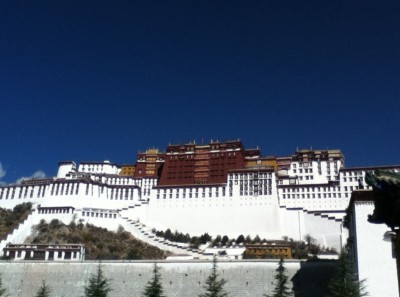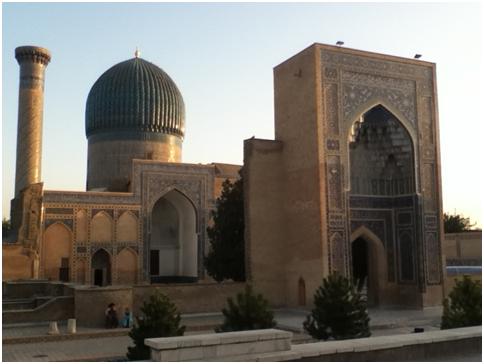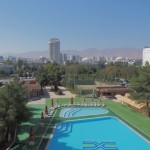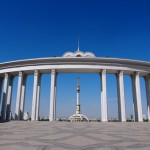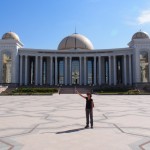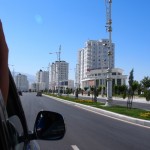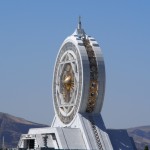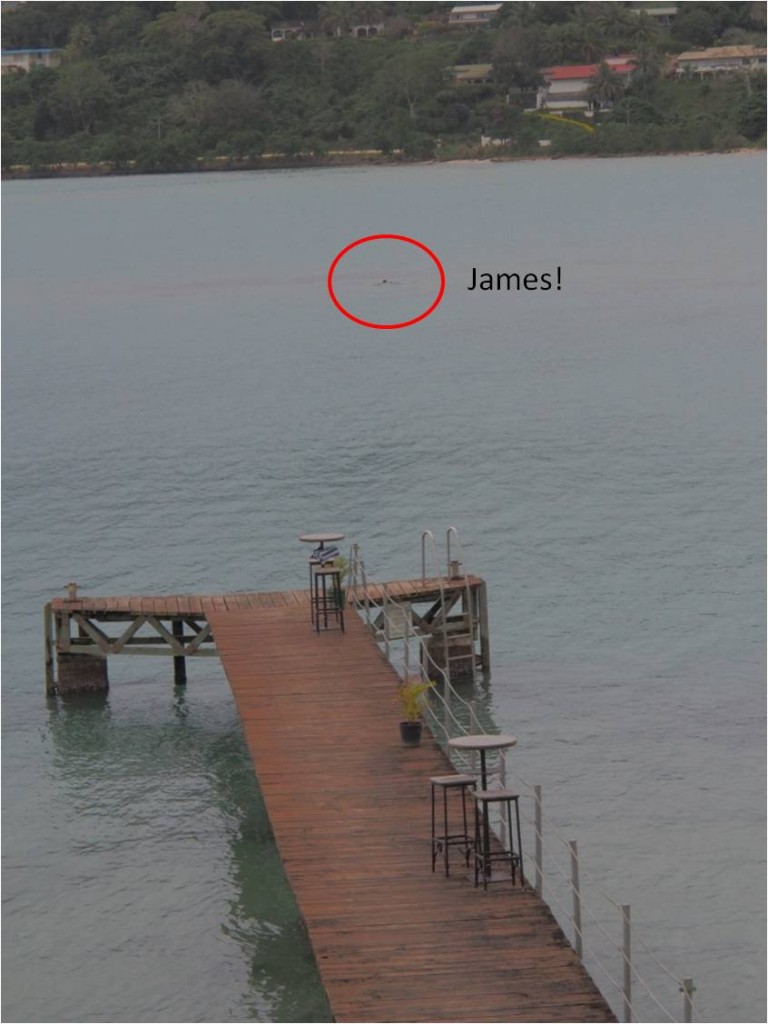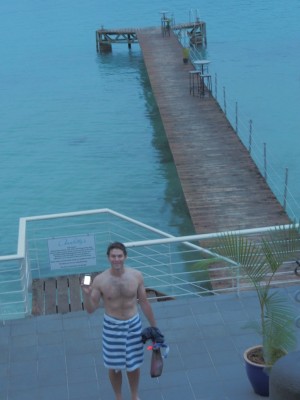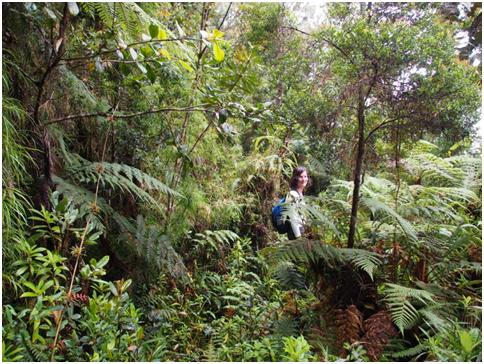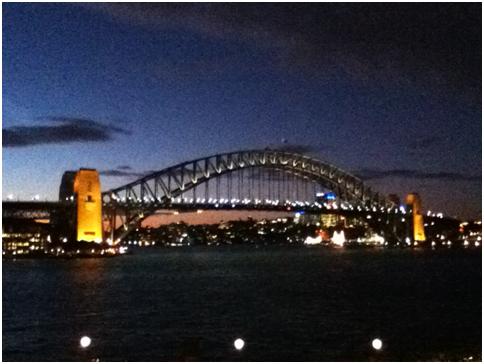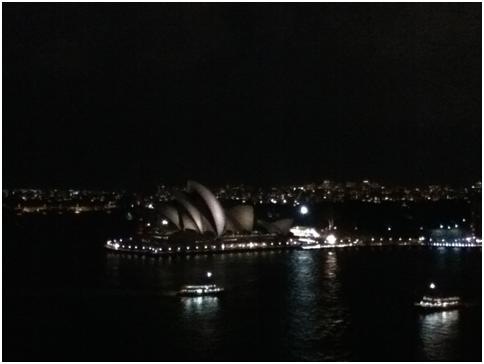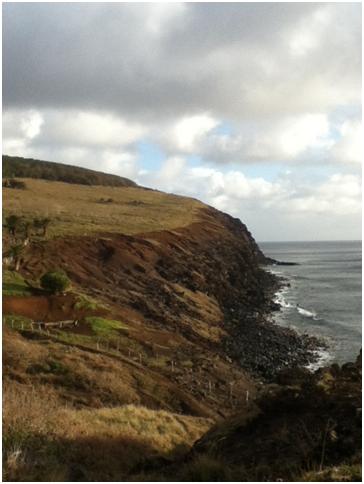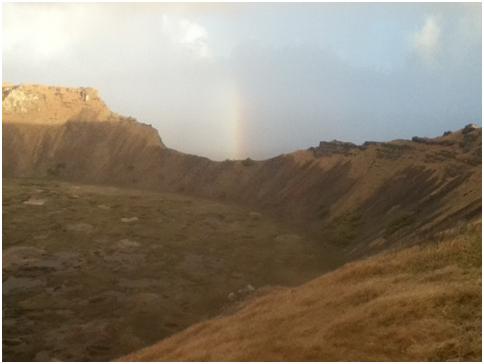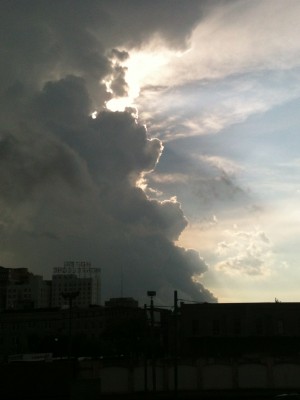I find one of the more enjoyable aspects of growing older is getting to know yourself better. And for me as an engineer manqué, this covers not just how I react to situations but also getting a proper understanding of how I work. For example: how I learn best (I have to understand the underlying mechanics of anything, then it sticks for ever), how I respond to jet lag (badly – the free booze and music documentaries on the planes get me every time), how much sleep I really, really need per night (below two I tend to hallucinate a little after lunchtime, more than four if I want to make sense without adrenaline, a regular six if I want to perform properly – so now you know!).
One thing I worked out when I was at university was a basic universal cure-all. Whenever I was feeling low or stressed out I prescribed myself the following: lots of water, some reasonably strenuous exercise, two pints of bitter, light comfort food, an early night and everything will be better in the morning. It worked surprisingly well, right up to the time I hit the City, at which point exercise and early nights went straight out the window. The basic cure-all was then replaced by a more complex structure suggested by a savvy girlfriend of mine involving fresh night air, brown bread and running up and down the street (she had been a junior doctor, and sleep deprivation was a common factor in both our lives).
So when we got to Kyoto I was feeling a little low. Kyoto is beautiful (if you have never been to Kyoto, go to Kyoto (hi Jason!)). But to be honest, nearly six months of travel had been taking their toll. There comes a point at which constantly trying to work out where you are, how you are going to get there, how to read the strange script on the menu, what to eat and how to order it in mime / pidgin English become a little dull. On one level these difficulties are an intrinsic part of the cultural experience of travel, but their enjoyment very much depends on your mood. Standing in front of a queue of Japanese commuters trying to work out why the ticket barrier is steadfastly refusing to let you through can be either an interesting challenge or a bit of a chore (the answer is to insert all of your tickets for your complete journey at once, even if they are issued by different train companies – the machine will riffle through them and spit back out the ones you still need. Dead easy once you know, but deeply counterintuitive anywhere other than Japan).
No matter, thought I – just break out the classic cure-all: drink lots of water, head off for a run round Kyoto, eat a nice seasonal Kaiseki dinner in a good restaurant and spend a long night in a Western bed in our hotel.
I also tend to play myself my all-time favourite tune. The Cinematic Orchestra at their very finest.And the run was lovely: seven miles round Kyoto, through the imperial park, out to the Eastern suburbs where the wooded hills come right down to the city’s edge, meander down the ancient Philosophers’ Path along one of the charming streams that are a feature of Japanese towns, navigate around a few gorgeous temples fringed by bright autumn foliage then cut back across the river through the shopping district and home. Well, back to the hotel anyway.
Part one complete, we then went out to a modern Kaiseki restaurant for ten courses of exquisitely sculpted seasonal cuisine, an elegant sufficiency of sake and a cab ride home, being honorifically bowed out of the restaurant not only by our own personal waitress but by the receptionist as well. It was, I think, our best meal in Japan and as such I am slightly hesitant to attribute the next 24 hours’ experiences to crushingly overwhelming food poisoning.
It was terrible. I haven’t felt so bad since a bruising introduction to chicken a la banana a few years ago (hello mate!). I won’t go into the fine details, other than to say that Lucy was utterly lovely, looked after me extremely well and I don’t know what I would have done without her.
One other (minor) upside: Japanese toilets truly are world beaters. If you are ever in the situation where you are deciding between going to the loo; being violently, noisily sick; or passing out on the floor I can heartily recommend the self-deodorizing Toto model with the heated seat. That said I would counsel against the interesting water spray features, particularly if you are staying in a hotel with wildly superheated hot water. Ouch.
36 hours later (most of which I spent asleep) I was largely mended and we were on our way. Next stop sumo wrestling and blowfish



